Category: Research
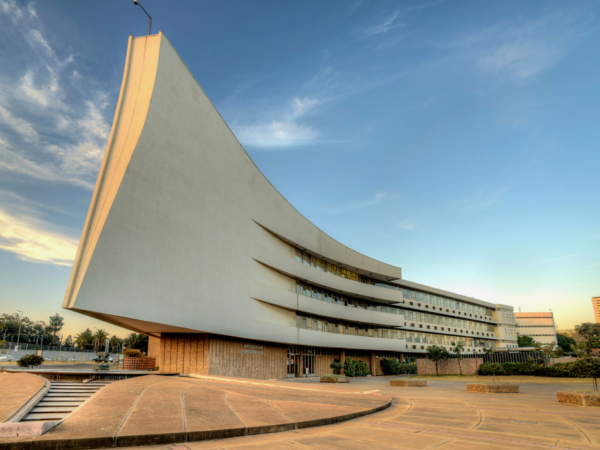
History of Physiotherapy at the University of Pretoria
Introduction The history of the development of Physiotherapy as a profession as well as the development of Physiotherapy as a professional degree at the University of Pretoria should be seen in the greater context of the Development of Physiotherapy as a profession in South Africa. In the first section of …
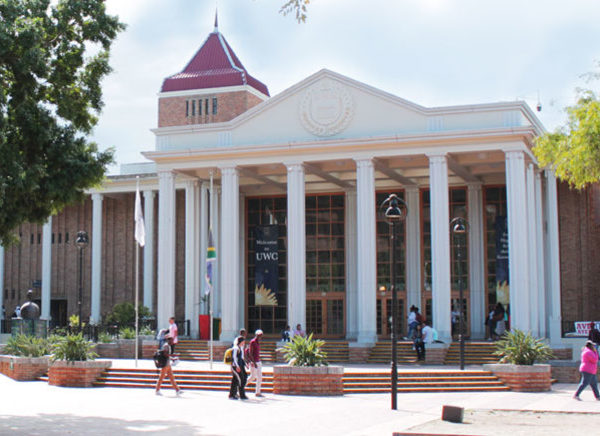
Black Physiotherapy Education continued: The first coloured Students allowed University of the Western Cape
When reflecting on the history of an academic institution, one cannot ignore the historical and political context in which it was established. The ruling Nationalist Party ensured separate development through its Apartheid policy of racial segregation at all levels of society, including education. Access to historically white universities (HWUs) was …
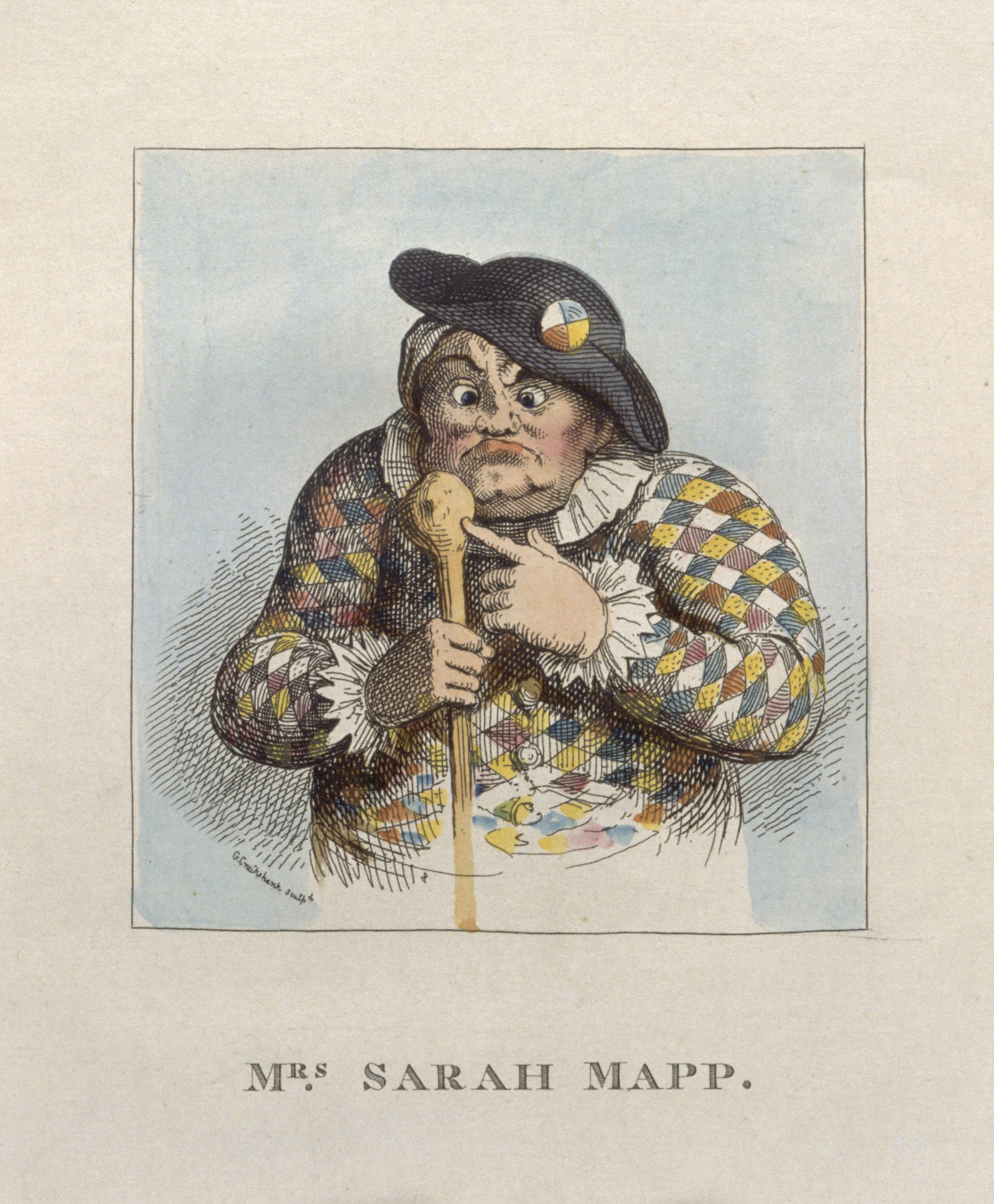
Manipulation – “Setting” the record “Straight”
Understanding the complex history of the manipulation in the physiotherapy profession requires a recognition of the role of traditional lay healers such as bonesetters have played. Here is a sampling which to some may be quite interesting: During the 18-19thcentury there was a considerable growth in the middle-class as industrialization …
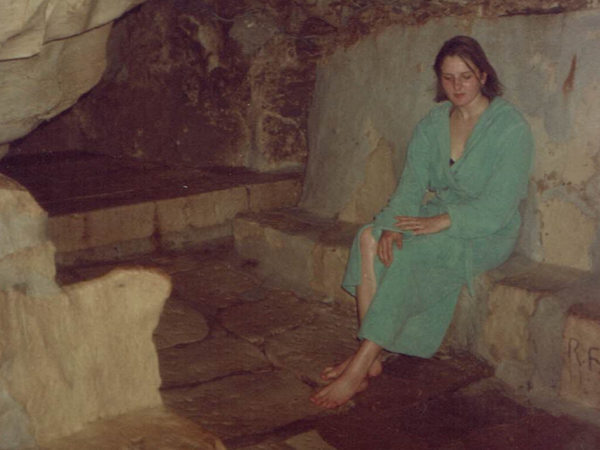
The therapeutic use of hot and humid grottoes
A town on the south-western coast of Sicily, Sciacca, has developed a peculiar history in the use of thermo-mineral waters and vapour grottoes since high antiquity. Today, its geo-thermal area is still marked by two streams, the Carabollace on the eastern side and Carrozza on the western, which receive their …
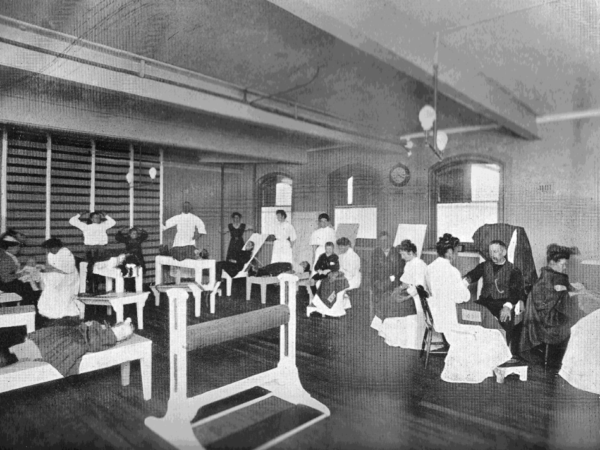
A history of physiotherapy at the Royal Prince Alfred Hospital, Sydney, Australia
In 1889 lectures and exams on the subject of ‘the massage battery’ were given to trainee third year nurses, who initially carried out practical work in massage and electricity in the Royal Prince Alfred (RPA) wards and outpatients department. These practices reflected the overseas work of Swedish practitioner Per Henrik …

‘No sale of drugs’ – the problem of quack medicine
When the Society of Trained Masseuses (now the Chartered Society of Physiotherapy) was formed in the UK in 1894, its founders set out a number of rules for professional practice1. Although the massage scandals in the summer of 18942 had highlighted the need for a professional masseuse, the founders of the …
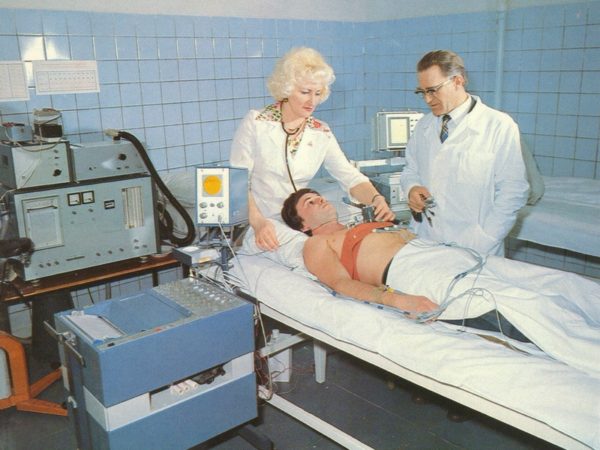
The process of physiotherapy professionalisation in the UK – Development of autonomy, Part III
In the late 1960s and early 1970s, Physiotherapy in the UK suffered several setbacks on the road to professional autonomy. This was very disappointing for physiotherapy in the UK, particularly given the developments which took place in the late 1950s and early 1960s with the advent of Government and public …
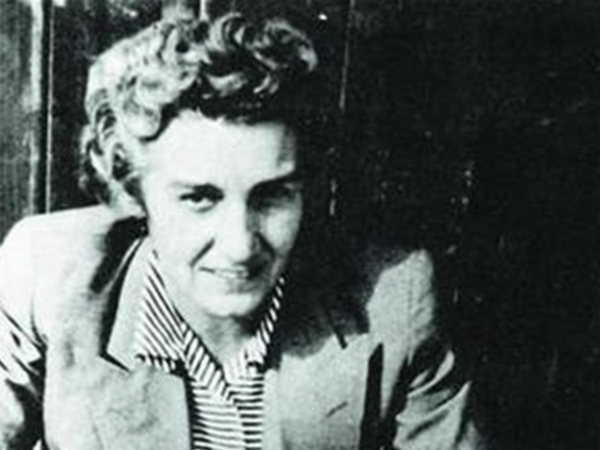
Lina Haag (1907-2012): A Moral Voice in Nazi Germany
In 2012 Lina Haag died near Munich at the advanced age of 105 years. She was born in 1907 in the German southwest as the daughter of a maid and a worker and became involved in the German Communist Party in the 1920s. After the Nazis seized power, her husband …
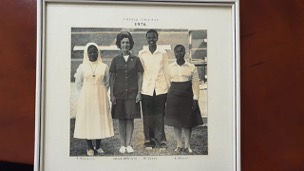
History of Physiotherapy Education in South Africa – the SMU & UKZN story
Physiotherapy Department at Sefako Makgatho Health Sciences University (SMU) (Information provided by the current HOD, Prof Douglas Maleka, class of 1976 and all MEDUNSA/UL/SMU graduates, associates and friends, especially Mrs Melody Nguna (nee Mji) and Ms Shoeshoe Zulu (nee Mopeli)) Physiotherapy was one of the professions reserved exclusively for the …
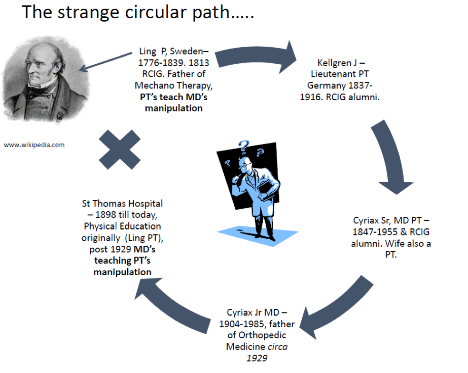
Never the “Twain: shall met, or shall they?
Samuel Longhorne Clemens, or more famously known as Mark Twain, has a very interesting contribution to the historical development of manual therapy in the United States. A delicious irony exists in that his pen name (Mark Twain), refers to the point on a river chart where the troubled waters meet …
